I'm preparing for my exam of computer architecture this year and I'm solving some exams from previous years, but I have this one exercise which I can't solve. I'm asked to find the value of g.z when the following C and assembly-code is given:
You can see in the assembly-code that the value $0x41300000 is written to z, but what could this be in decimal? I tried to find some pattern between the values of g and g + 4 (x and y), but I can't seem to find anything.
Any ideas?
